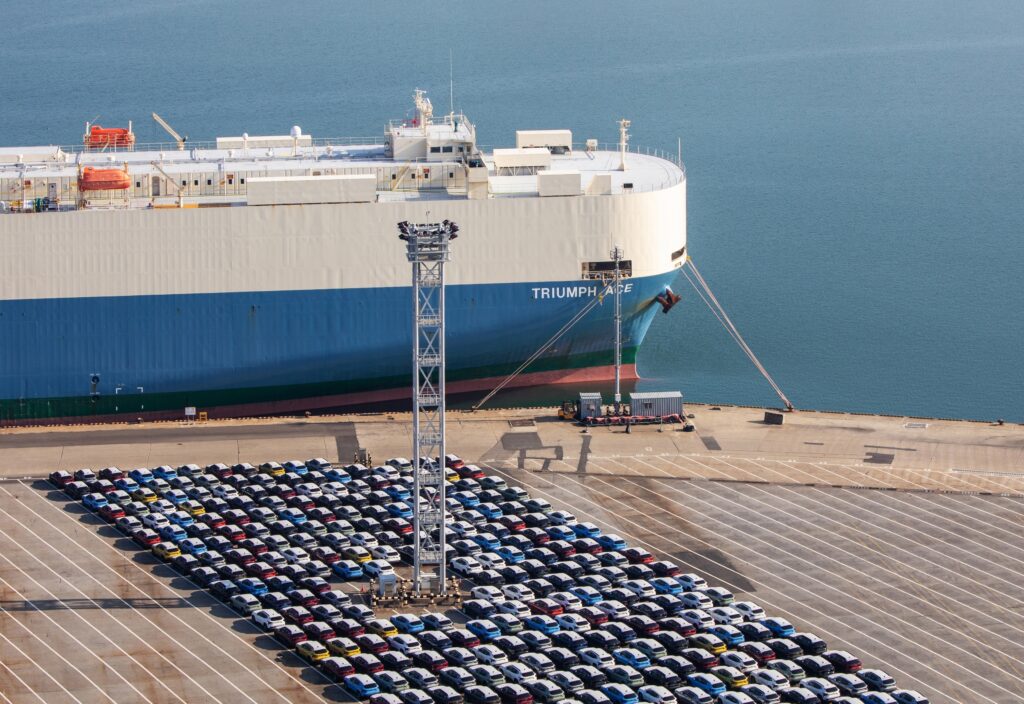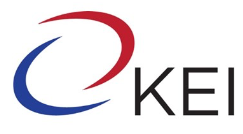The Peninsula
The Road Ahead for Trump’s Auto Tariffs

In addition to chips and pharmaceuticals, U.S. President Donald Trump has officially stated that he plans on introducing a tariff of roughly 25 percent on cars entering the United States, beginning April 2. Its imposition is likely to severely affect U.S.-South Korea economic relations, as well as the U.S. economy itself.
Passenger vehicles have constituted the top Korean export category item to the United States since 2011. This represents 8.6 percent of all vehicles sold in the United States in 2024, the number two spot behind Mexico, and accounts for roughly 49 percent of Korea’s total automobile export revenue. Moreover, U.S. companies like GM produce models such as the Chevy Trax or Trailblazer in Korea, contributing U.S. brands to the list of affected production lines. Accordingly, the imposition of a tariff will likely aid in exacerbating inflation in auto prices in the United States and could further serve to limit global market competition for U.S. automobiles by reducing pressures to innovate and compete.
Already, Trump’s tariffs on other industries have demonstrated the inflationary impact of protectionist measures. After placing a tariff of 20–50 percent on foreign washing machine imports in 2018, prices of washing machines in the United States rose by up to 12 percent as imports of washing machines from Korea and other countries declined. Domestic producers capitalized on their increased market power to raise prices on complementary goods not subject to the tariff—such as dryers—in the same amount. When the tariff expired in 2023, prices for washing machines generally returned to their pre-tariff levels, while the impact on job creation was negligible. The measure mostly affected short-term prices for U.S. consumers.
The threat of tariffs on autos could result in the same types of price increases. Foreign competition in the U.S. market helps to temper cost escalation in the second-largest annual expenditure category for U.S. consumers. In the long term, the tariff could allow U.S. car manufacturers to develop near oligopoly power, which would stifle natural market incentives that drive product innovation and efficiencies in price. Consequently, the protectionist measures would serve to create a walled garden for an industry increasingly challenged to keep up with foreign car makers in markets abroad.
With all of this in mind, the impetus for the tariff provides clues for its possible future resolution or renegotiation. The Trump administration is paying close attention to areas in which the United States has a trade deficit as part of a broad strategy to balance it. In 2024, South Korea ranked as the eighth-largest contributor to the U.S. trade deficit, with the Korean goods surplus totaling approximately USD 66 billion, the largest source of which was autos.

Similar to the playbook of President Richard Nixon’s all-around tariff from 1971, which was used as leverage for countries to renegotiate the value of their currency, it is possible that auto tariffs with Korea could be kept in place until a bilateral summit—where both countries can come away with some form of concession on investment or trade. For example, the bilateral meeting between Japanese Prime Minister Ishiba Shigeru and Trump in Washington earlier this month resulted in Japanese promises to purchase more U.S. liquefied natural gas (LNG) and increase foreign direct investment (FDI) in the United States to USD 1 trillion. Avoiding a flat tariff on Japan likely remained an objective for Ishiba, who arguably arrived with the Japanese trade surplus and Japan’s interest in U.S. Steel in mind.
Although the Wall Street Journal reported that Trump’s Secretary of Commerce, Howard Lutnick, has privately indicated the possibility of tariff exemptions for car companies that add manufacturing jobs in the United States, Trump would likely push to have Korea shoulder a larger share of the alliance’s defense costs or secure increased purchases of U.S. LNG and other U.S. products in return for any type of auto tariff alleviation. Until then, the tariff may only serve to raise prices on U.S. cars. Regardless of the timing or form of the tariff’s ultimate resolution, by the time a deal is made, the economic toll will have already been exacted, leaving little room for a U-turn.
Tom Ramage is an Economic Policy Analyst at the Korea Economic Institute of America. The views expressed here are the author’s alone.
Photo from Shutterstock.
KEI is registered under the FARA as an agent of the Korea Institute for International Economic Policy, a public corporation established by the government of the Republic of Korea. Additional information is available at the Department of Justice, Washington, D.C.
